Can it really be nearly a year since our world turned upside down because of a little spiky-looking virus?
No one knew we’d still be trying to figure out how our future will look at the end of February 2021. We’re grateful at Good Earth Plant Company to be thriving and helping our clients to embrace the healthy approach to the way we work and live with biophilic design.
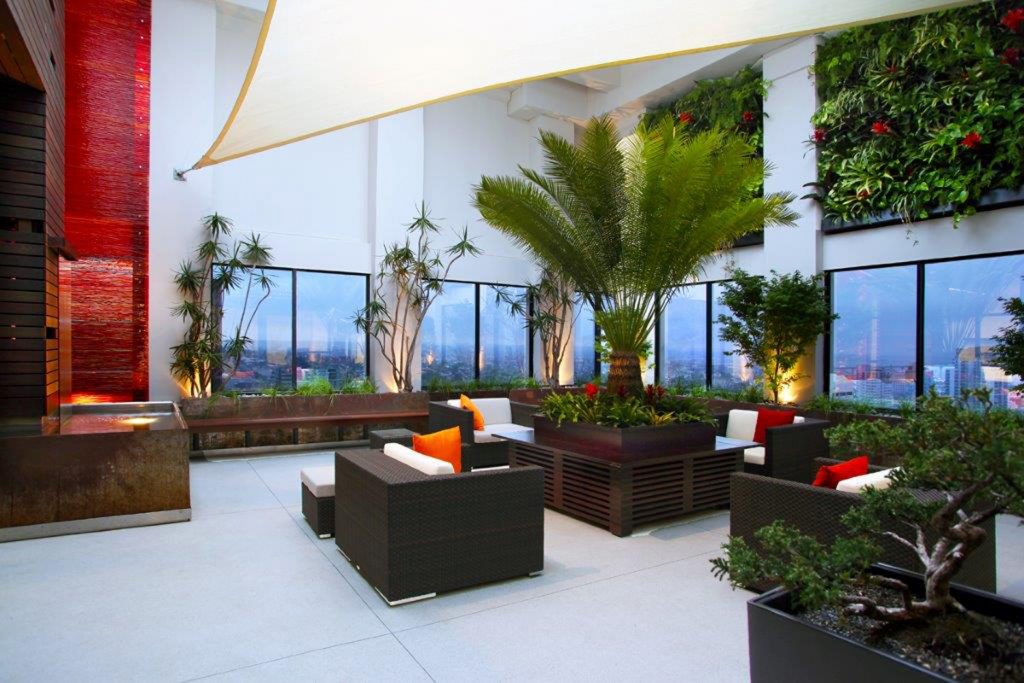
Long before the coronavirus pandemic, it’s been the mission of Good Earth Plant Company to enrich peoples’ lives with plants, especially in the workplace.
Long before the coronavirus pandemic back in 1977 when I opened my first flower stand in downtown San Diego, it’s been my passion to enrich peoples’ lives by adding nature using plants. This mission has never been more important than today.
I expanded Good Earth Plant Company’s focus to include workplace greenery design, installation and maintenance in our core business. We take someone’s vision and assess the functionality of every type of building imaginable: offices, hotels, restaurants, biotech and tech companies, construction firms, and retail. Today, I’m working with clients and their architects and interior designers, figuring out what’s feasible and affordable to accommodate the new reality, all while their buildings sit mostly empty.
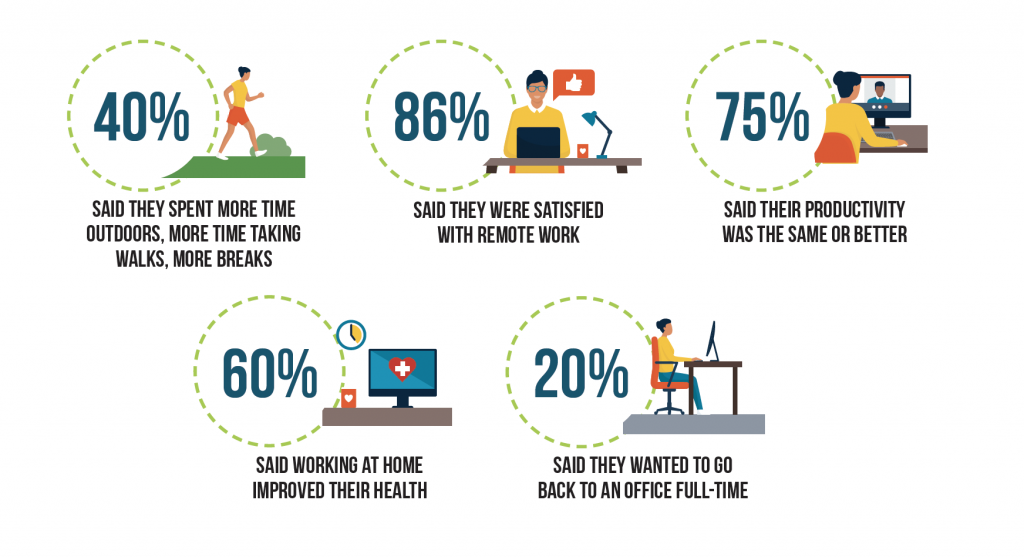
In a survey conducted by Morning Consult, employees working from home engaged in more healthy practices.
Meanwhile, it seems like everyone has an opinion about the future of the office. A lot of them claim the office is dead forever. Office space will shrink to a bare minimum or even disappear. Both Twitter and Salesforce have given up their big headquarters. Employees don’t want to give up the work from home life and their sweatpants.
Those who believe office workspace still has a purpose agree it will change due to concerns about COVID. Barriers. Temperature checks. One-way hallways. Space markers on the floor. Tools so you don’t have to touch elevator buttons.
I don’t want to see this become anything like “normal” in post-pandemic workplaces, and it doesn’t have to be.
What’s MY opinion about all this? So glad you asked.
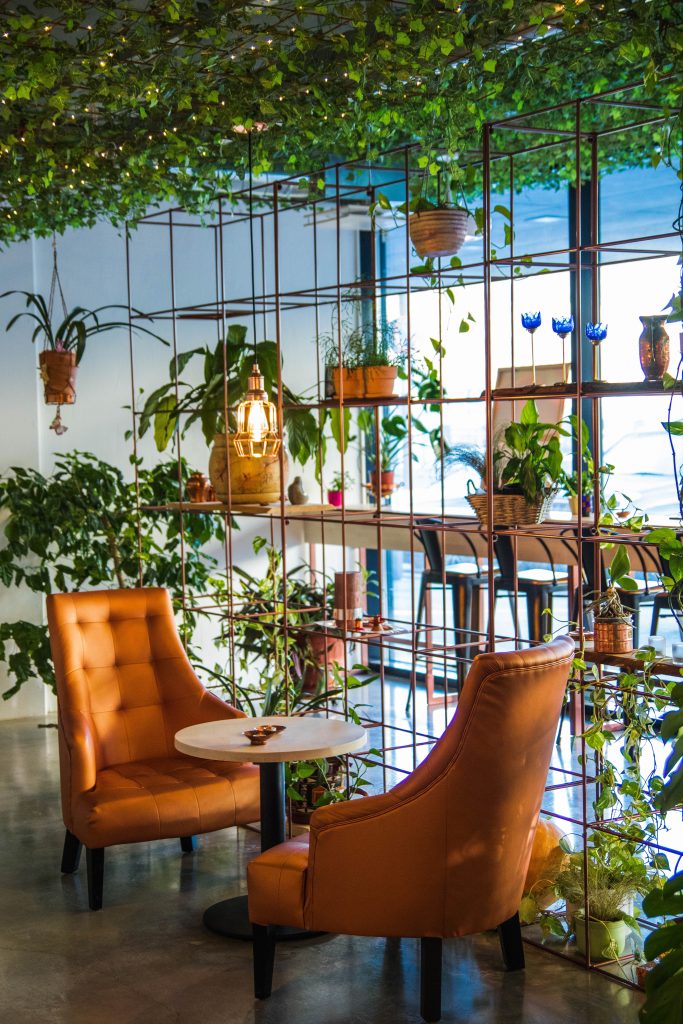
The post-pandemic office will be filled with light and plants when employees return in 2021. Phjoto: Valeria Boltneva
Expanded remote work is here to stay. It threw us a lifeline during the pandemic. But most businesses want to return their employees to the office. This is what I’m seeing among our clients, who represent all kinds of industries from biotech to public agencies to professional services. The death of the traditional workspace has been exaggerated.
It isn’t an all or nothing, full-time in the office to zero time in the office. People may not miss their commute, but they miss their co-workers. Zoom isn’t cutting it. I love to hate it myself. A hybrid model is emerging, with workspace optimized for collaborative, creative teamwork so difficult to replicate remotely.
For decades, I’ve been preaching the value of biophilic design in the workplace without knowing it had a name. Biophilia means “love of nature.” Biologist Edward O. Wilson first outlined his concept in the 1980s. He theorized humans have an innate, biological affinity for the natural world developed by co-existing with nature over millennia.
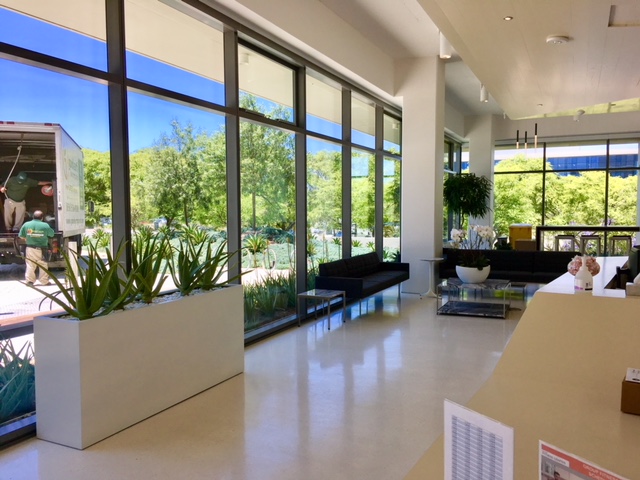
The modern resimercial workplace embraces healthy biophilic design with lots of light, fresh air, and plants.
Because the average person now spends more than 90% of their time indoors according to the EPA, biophilic design attempts to create indoor environments referencing nature including airflow, light, natural patterns and materials, and a material connection to nature, such as the addition of plants into the space. Research into the benefits of biophilic design through more than 50 studies provides useful evidence in the post-pandemic era.
Over the 43 years of my career as a horticulturist and plantscaping designer, I’ve seen multiple design trend shifts. We have one of the most exciting, change-making opportunities in four decades to put biophilic design principles into action in our workspaces for the benefit of the bottom line. But we need to make the case beyond “plants are pretty.”
Objective scientific studies showed the presence of plants at work reduced absenteeism and improved productivity, and even caused hospital patients to recover more quickly. I’ve been sharing these studies with you in this blog for many years. Gathered together, they make a compelling case and it shouldn’t be ignored.
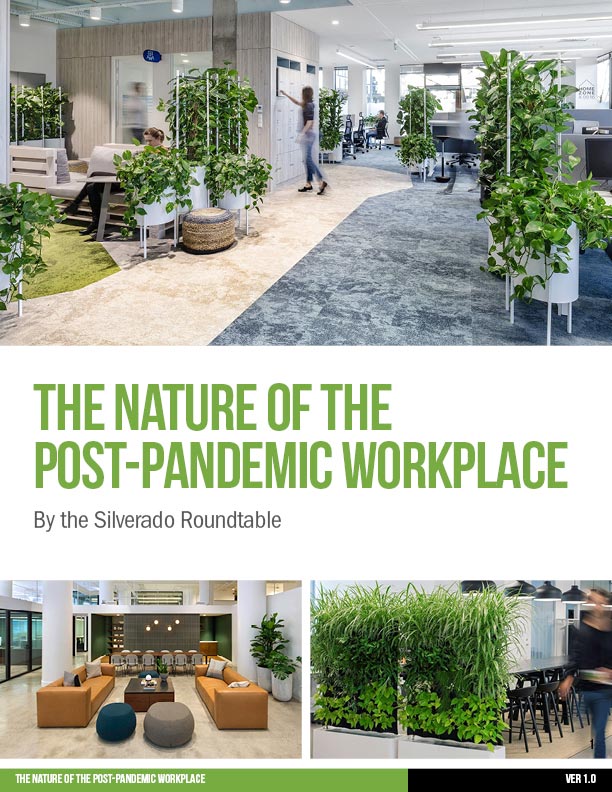
Where would YOU rathr work? Our new white paper is optimistic about the future of the American office. Cover: Silverado Roundtable
This is why my workplace greenery colleagues in the Silverado Roundtable, all with significant experience, collaborated on a white paper to spread the word and make the case. We reviewed new research on the post-pandemic workplace. We conducted interviews with forward-thinking architects, social scientists, and psychologists. We explored beyond the future of the post-pandemic workplace to the NATURE of the post-pandemic workplace. The result was our recently published white paper under the Roundtable byline. If you haven’t checked it out, please take a look!
One thing we’ve learned for sure about the ways we work: while Zoom made it possible for business to make its way through the pandemic, human beings are social animals. We can function remotely, but Zoom fatigue teaches one big lesson. We work much better together. The reason for having a physical presence together at an office is because of the power of collaboration. Two heads are better than one, and sometimes a dozen heads can accomplish amazing things bouncing ideas back and forth.
Design opportunities for the post-pandemic office
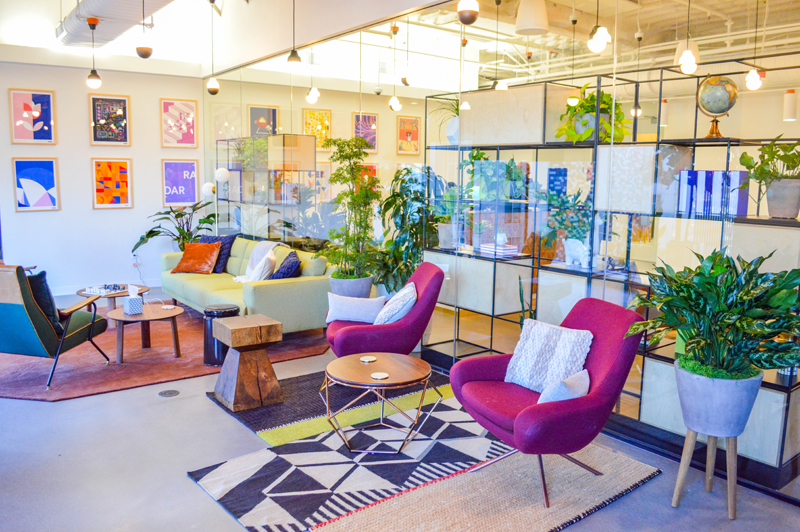
People want to work in spaces at least as comfortable as their work from home (WFH) set-ups. Photo: Botanical Designs
Living with the coronavirus is accelerating demand for healthy spaces, which will impact workplace design.
In the “before corona” time, we tried to find ways for people to have their little piece of privacy with cubicles, and then with noise-canceling headphones. We all tried to retreat to our little bubbles. Having a private office was a sign of seniority.
Now, we want to find ways to bring people together. This will be the main purpose of the post-pandemic workplace.
We can look for inspiration to hospitality and coworking. Both incorporate generous collaborative spaces featuring comfortable furnishings, gourmet coffee, and greenery.
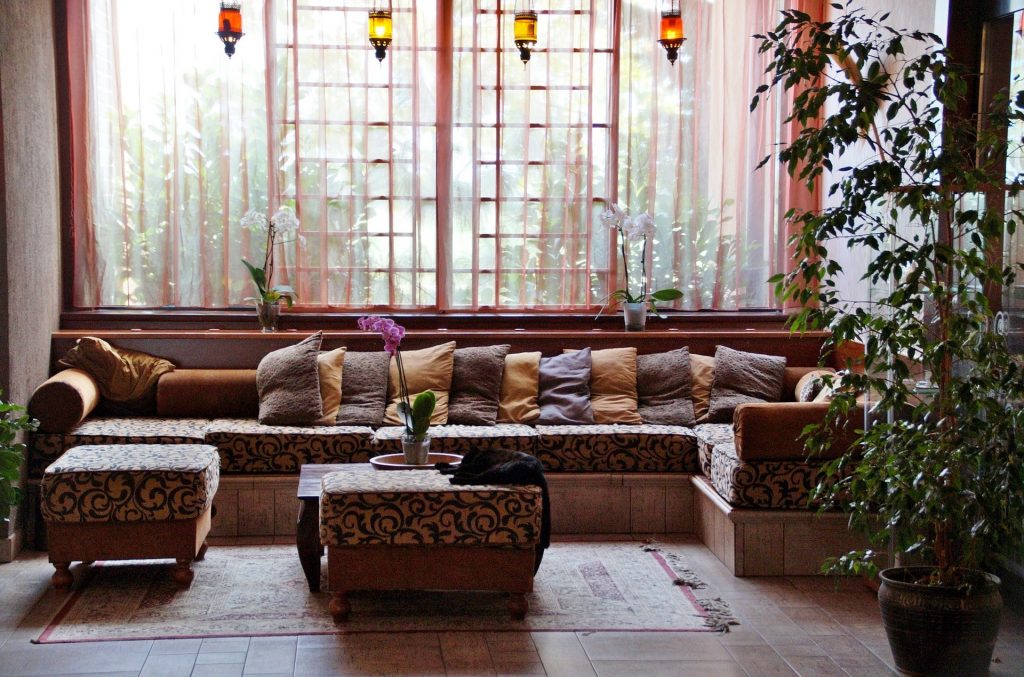
The resimercial workplace of the future is likely to look more like this than the open office or cubicle farm. Photo: Iva Balk/Pixabay
This so-called “resimercial” design approach blends homelike comfort in an office setting. It shouldn’t matter where a good design idea comes from if it improves the user experience. ‘Resimercial’ smacks of a ‘Brangelina’ mishmash, but our business clients are enthusiastic about this legitimate trend in office design.
Inside also needs to be more like outside in the post-pandemic world. Within the last decade, workplace design has embraced bringing the outdoor environment indoors through the use of light, natural materials, textures, views, access to outdoor spaces such as patios or terraces, and the integration of potted plants and living walls.
Indoor environments mimicking outdoor environments will give employees greater confidence their wellbeing is not at risk. A healthy workplace used to be perceived as a benefit; now it is a necessity.
Biophilic design elements can provide a common language for discussion. It is essential for design professionals to take the lead and begin the conversation of incorporating biophilia such as plants and greenery into the process. Our environment has a direct impact on our psychological, biological, and sociological wellbeing – and our business wellbeing as well.
Healthy design supports healthy bottom lines
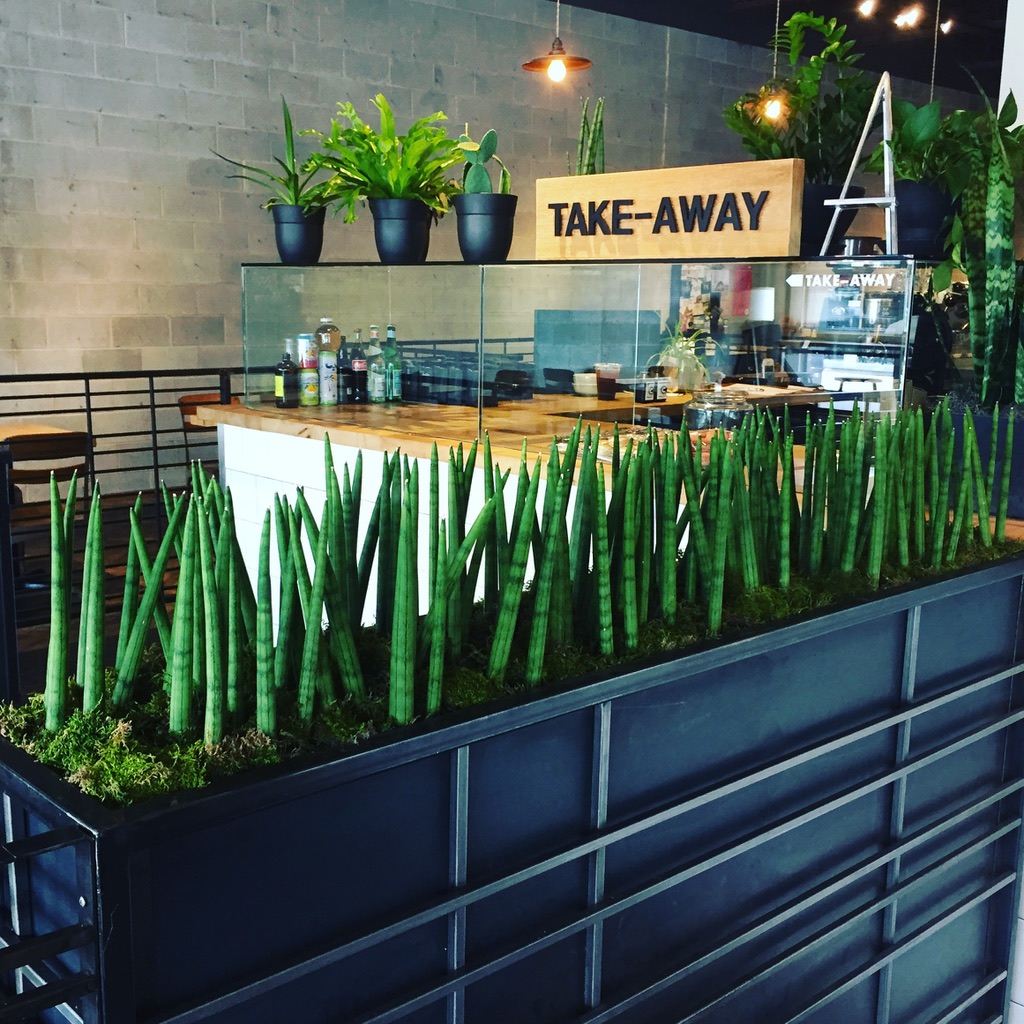
Healthy places support healthier people. A healthy workplace used to be considered an employee benefit. Photo: Courtesy Planterra
Like never before, healthy people fuel a healthy economy. Rebuilding the American economy is vital to the nation’s ability to thrive. It can be argued this is also vital to prevent a national mental health crisis.
Healthy places support healthier people. A healthy workplace used to be considered an employee benefit. It is no longer negotiable. Access to fresh air, natural light, adequate personal space, and cleanliness will give employees confidence in their work environment’s safety. And it will help us rely a lot less on Zoom, thank goodness!
